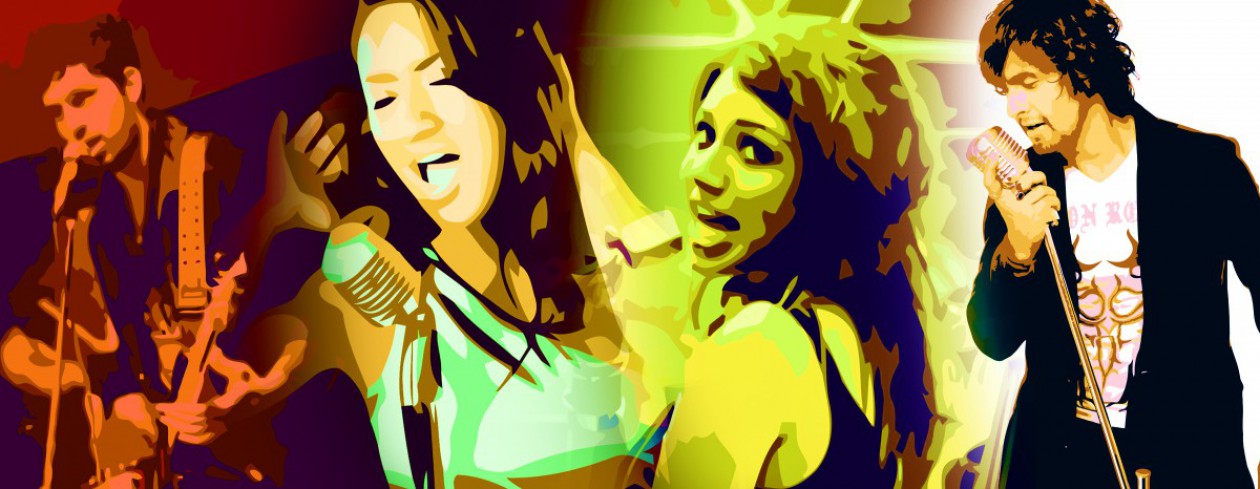Digital Distribution
Digital distribution revolutionized the music industry. The general concept is to bypass the physical distribution method such as compact disc or vinyl and overhead cost. The extra time is used to focus on sales and distributions in order to generate residual income. In today’s world, e-commerce is blooming and global marketing and sales have increased over the past couple years. Although unorthodox, digital distribution have proven to be successful and continues to be one of the world’s leading method of sales and revenue. In a traditional setting, an artist must enter an industry publishing chain or “record label”. The publisher advertises, funds and distributes the album into retail. By opting with online distribution, the artist can get their work to the audience with ease and minimize cost.
Online distribution opens doors to new business opportunities. For example, an artist could release one song or track from an album. This can either boost cash value and advertisement or projects the financial value of their album. There’s a growing collection of internet labels such as Netlabel and StarTune that offers distribution to independent artist directly to online music stores. The music distributed can be downloaded or streamed. Streaming involves downloading by user’s request or “on-demand”. On the contrary, fully downloading content to a hard drive or other form of media storages will allow future offline access. Internet radio stations such as Pandora and Spotify offers royalties to artists. Royalties refers to “pay per spin” or “pay per play”. This is another revolutionary online distribution for music. It’s similar to the radio but because of the increased popularity of smartphones, internet radio stations are increasing in popularity as well.
PR & Promotions
Public relation and promotion involves the delivery of the released or releasing audio files and albums. The objective is to maximize the albums or songs profile and revenues through analog or digital distributions. Promotions includes: banners, label profiles, features, competitions, store deals, interviews, online, club DJ, magazine covers, podcasts and beyond. The opportunities are vast and it’s important to promote across as many platform as possible. It’s significant to establish target media and marketing strategies. Record labels and management corporations have formed marketing team that is setup for the artists. The marketing team sets up tours and gigs to develop the artists’ label and profile allowing the artist to focus on the development of music.
Self-promotion for independent artists has some success but lacks efficiency. Many independent artists use social media to promote their music. This method doesn’t have much room for expansion. Artists usually undermined the work necessary to promote music. If the artist isn’t famous to begin with, it’s even harder to differentiate themselves from the masses. It’s certainly a full time job to promote an album and artist. It’s recommended to seek advertising industries in order for the music to find its way to listeners’ ears.
Publishing & Licensing
In the traditional sense, it was a person or company who published (made available to the public) the sheet music for the composition. Today, it’s a person or company that owns or controls the composition 100%, promotes, exploits, and collects the worldwide revenue from various streams such as radio airplay, audio recording duplication, film/TV licensing, etc. The publisher usually will pay the writer to gain ownership of those rights, or if the writer doesn’t have a publisher, he/she also doubles as the publisher. Generally, publishing agreements are exclusive. Licensing is an agreement that the content owner, known as the Licensor, agrees to let another party, known as the Licensee, exploit the master recording and composition for specific terms and conditions. The fee for the use is also outlined in this agreement.
Copyright is an intellectual property that exists in two forms: one is the sound recording, which is owned by the person who paid for the recording, and the other is the composition, which is owned by the person who wrote the song or published the song. In the U.S. a composition is no longer copyright protected 70 years after the death of the composer and becomes, theoretically, the property of the “public.” This means that anyone can record or perform a composition (and revenue may be earned on the new recording) without having to pay for it. When the composer takes a portion (no matter length), of another composer’s composition and incorporates into his or her own composition. If the composer died before 1900, almost 99% of the time the song is public domain worldwide. Identifying public domain status is tricky, and thorough research of each song, death dates, publishing dates, laws of countries where you want to distribute is necessary, and one may want to consult a musicologist to confirm public domain status before creating/selling/licensing a public domain composition.





